Car manufacturers are desperate for an alternative to the combustion engine, one that is sustainable, affordable and free of compromise.
A Liechtenstein-based company called Nanoflowcell claims to have an answer: an electric car that can be filled up at the pump with non-flammable, non-toxic fluid and is said to deliver a range similar to that of conventional petrol or diesel cars.
Nanoflowcell revealed its first concept car, the Quant E, at last year’s Geneva motor show. This year it returned with the Quant F and much smaller Quantino two-seater. All three cars are propelled by four wheel-mounted electric motors supplied with electricity from a flow cell battery.
The flow cell concept is based on the Redox (reduction and oxidation) flow cell technology trialled by NASA in the early 1970s. Redox flow cells generate electricity when fed with two electrolytic fluids, one positively charged and one negatively charged, stored in separate tanks.
The flow cell is split into two halves by a membrane, with positively charged electrolyte flowing through one side and negatively charged through the other. Ion exchange takes place through the membrane, generating an electric current.
Normally, flow cells can be replenished by recharging like any other battery, or simply by replacing the fluid. The Nanoflowcell works differently. As it discharges, the water-based ‘ionic’ fluid electrolyte evaporates, leaving the storage tanks empty and ready for refilling. Quant cars can be refuelled at a pump using a two-pronged nozzle to fill both the ‘positive’ and ‘negative’ tanks at the same time.
According to chief technical officer and inventor of the Nanoflowcell Nunzio La Vecchia, “the ionic fluid is non-flammable and non-toxic, and there are no emissions or high pressures involved”. As a result, he adds, on-board storage is straightforward and establishing a filling station network simple and relatively cheap.
Traditional flow cell designs don’t have the greatest volumetric energy density, which means a large volume is needed to store a reasonable amount of energy. Nanoflowcell claims its new fluid formulation improves this, giving five times the energy capacity of a conventional flow cell. La Vecchia says 80% of the development so far has gone into improving the chemistry of the ionic fluids and 20% into the design of the flow cell.
The Quant F has a range of 497 miles and the Quantino 621 miles, but Nanoflowcell concedes they still need to carry a substantial amount of fluid – 500 litres in the case of the Quant F – in two 250-litre tanks weighing half a tonne. The Quantino carries 350 litres of fuel, which weighs around 350kg. By comparison, a Range Rover TDV6 carries 85 litres of diesel weighing 72kg.

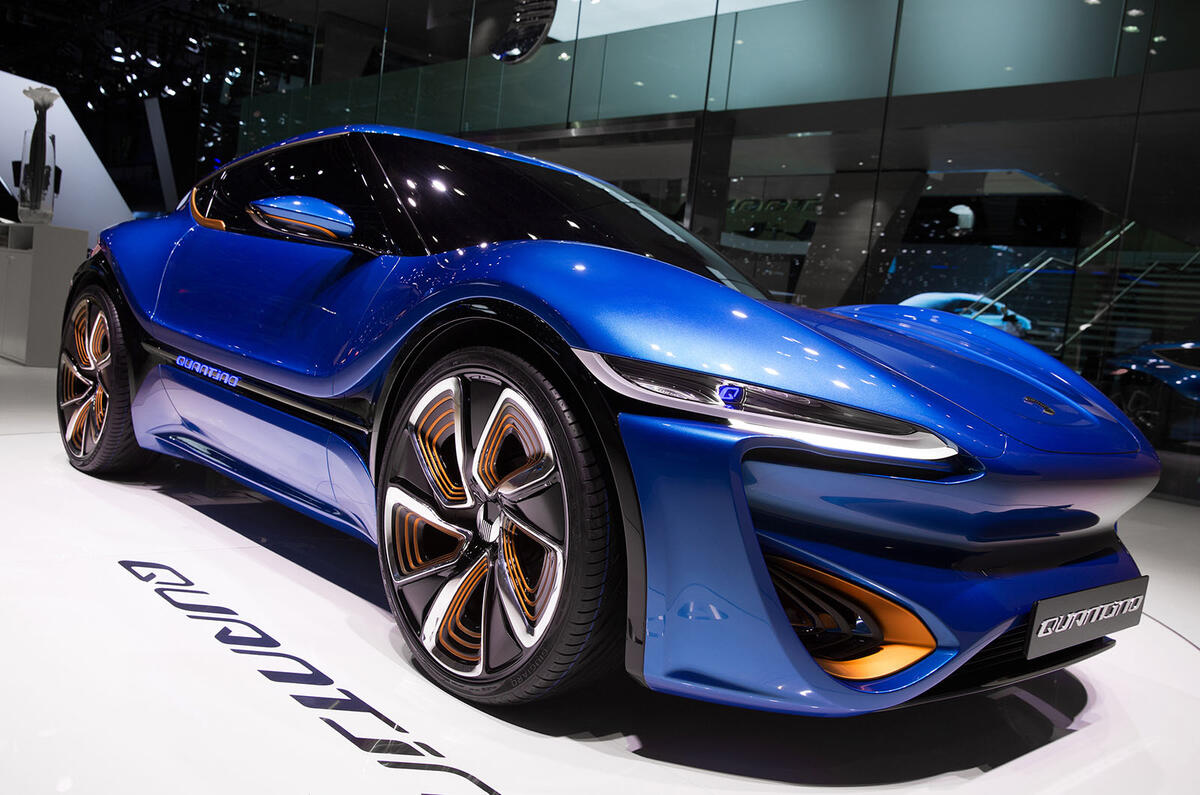
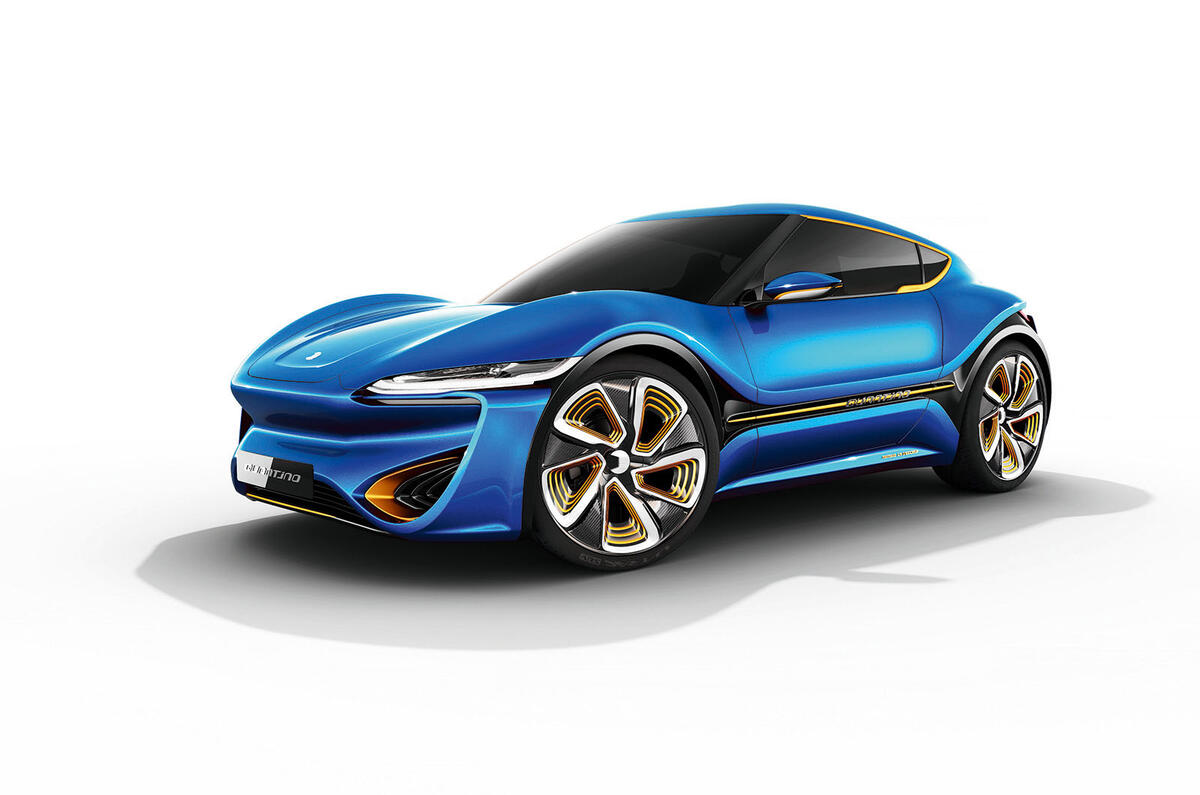
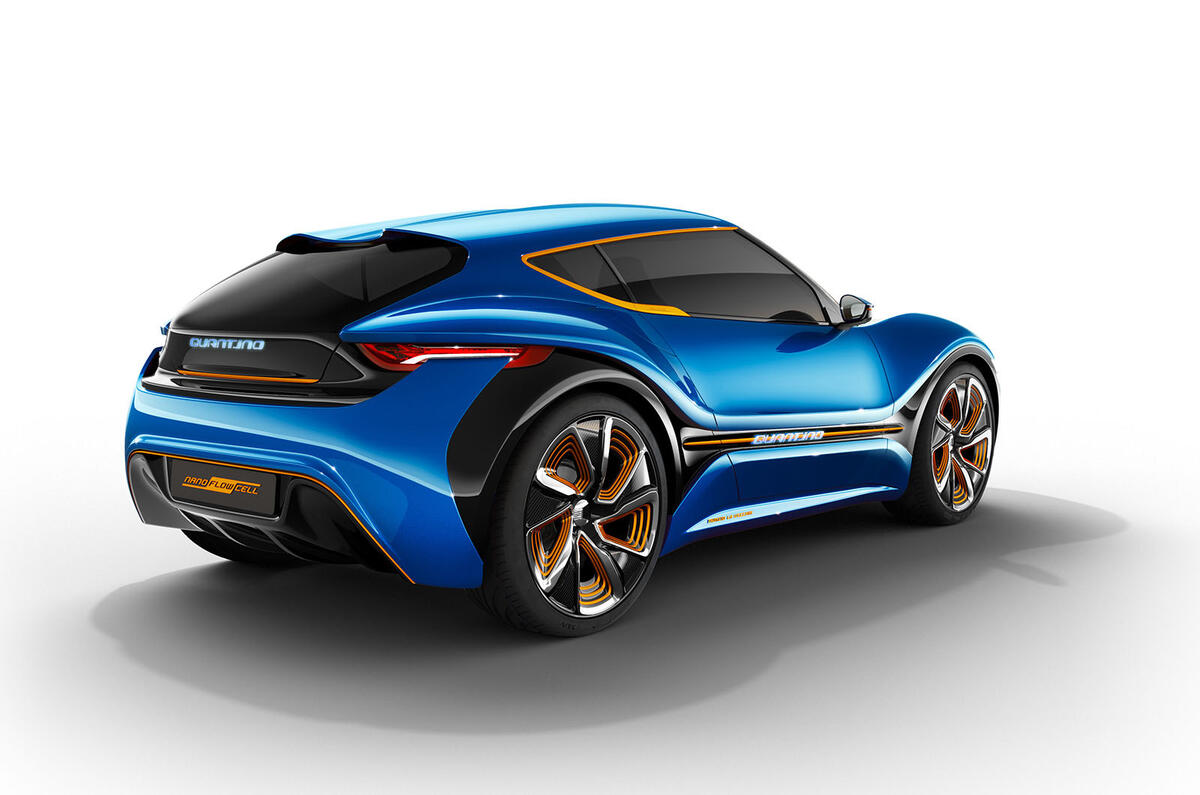
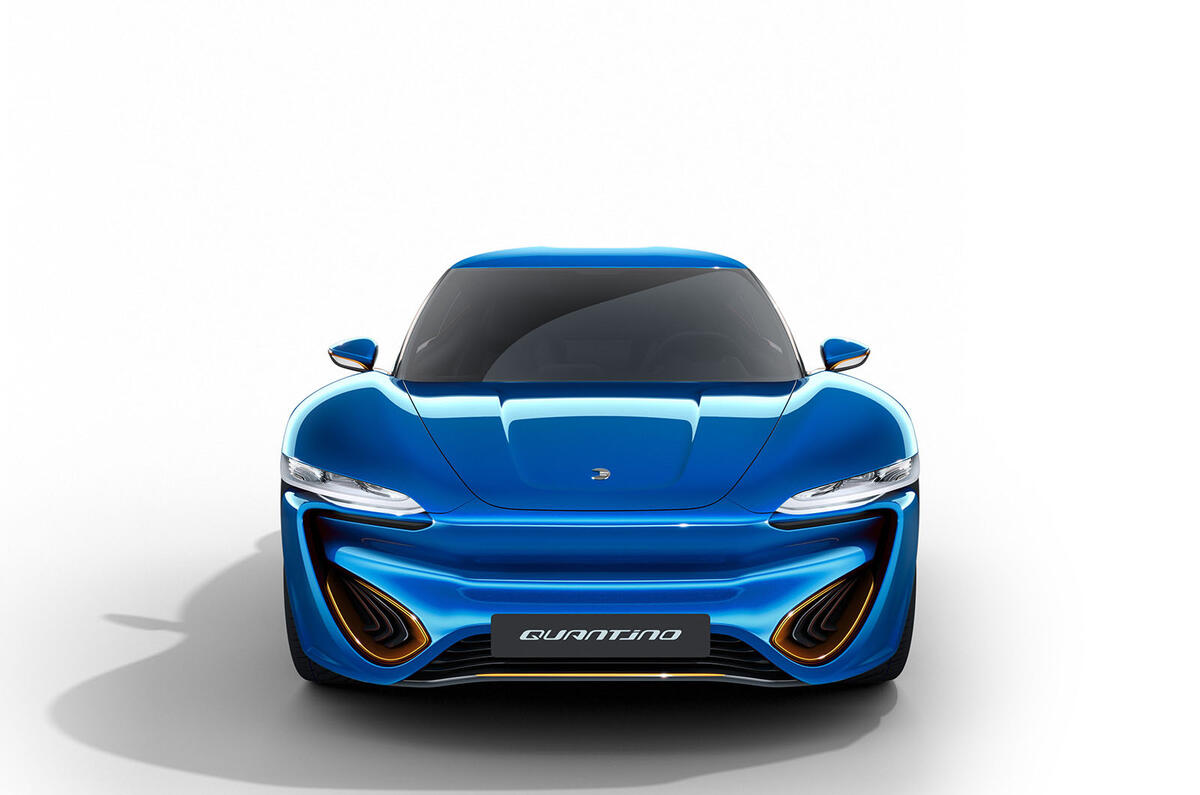
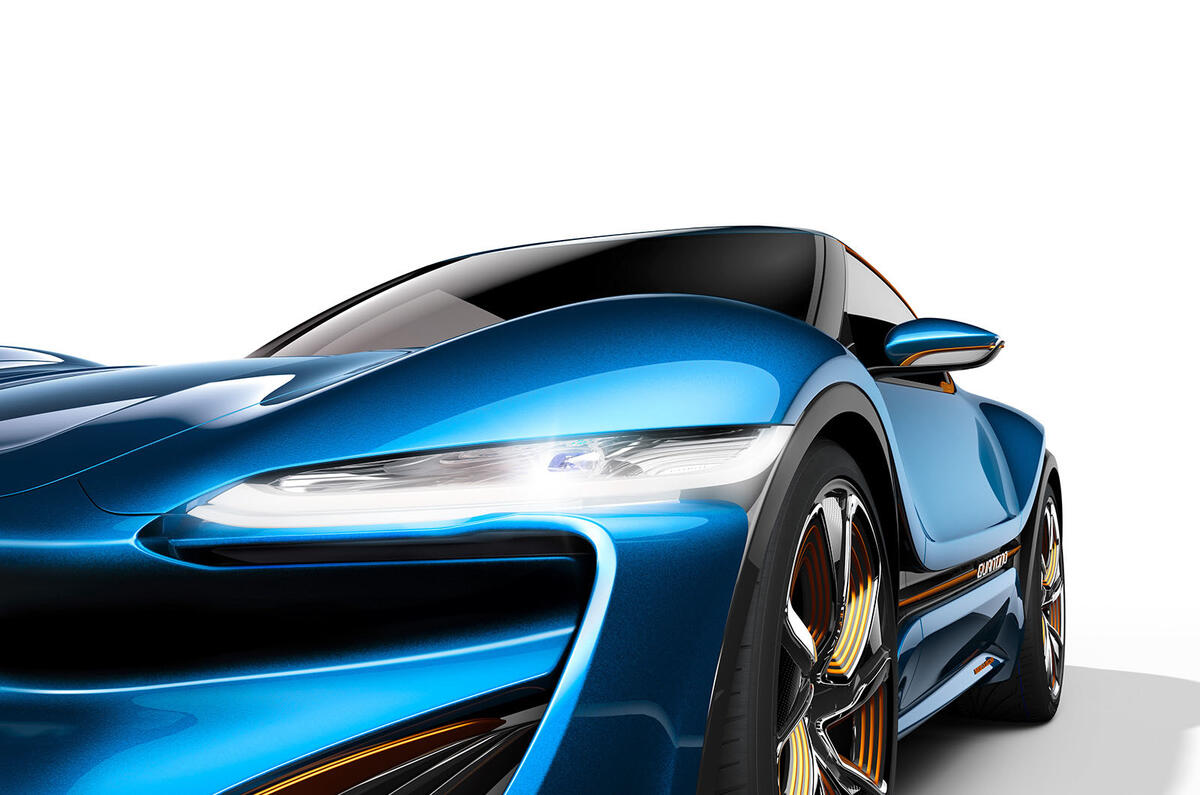
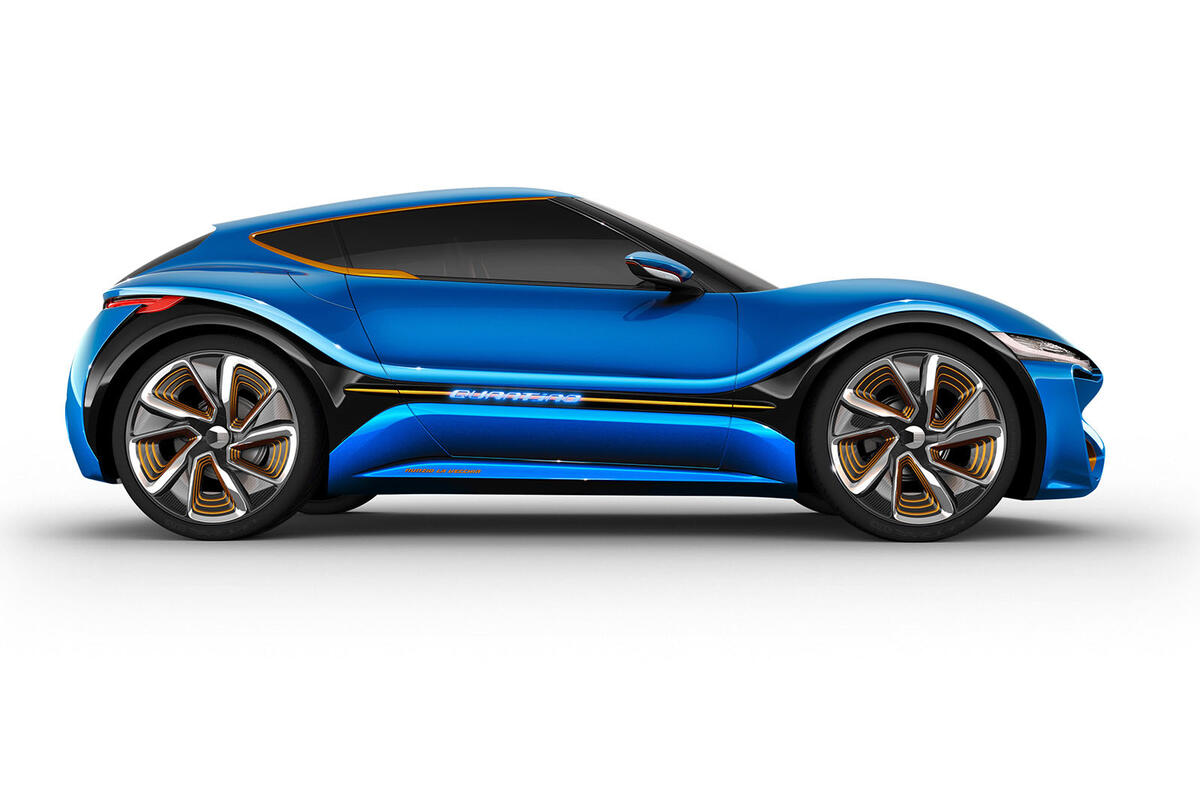
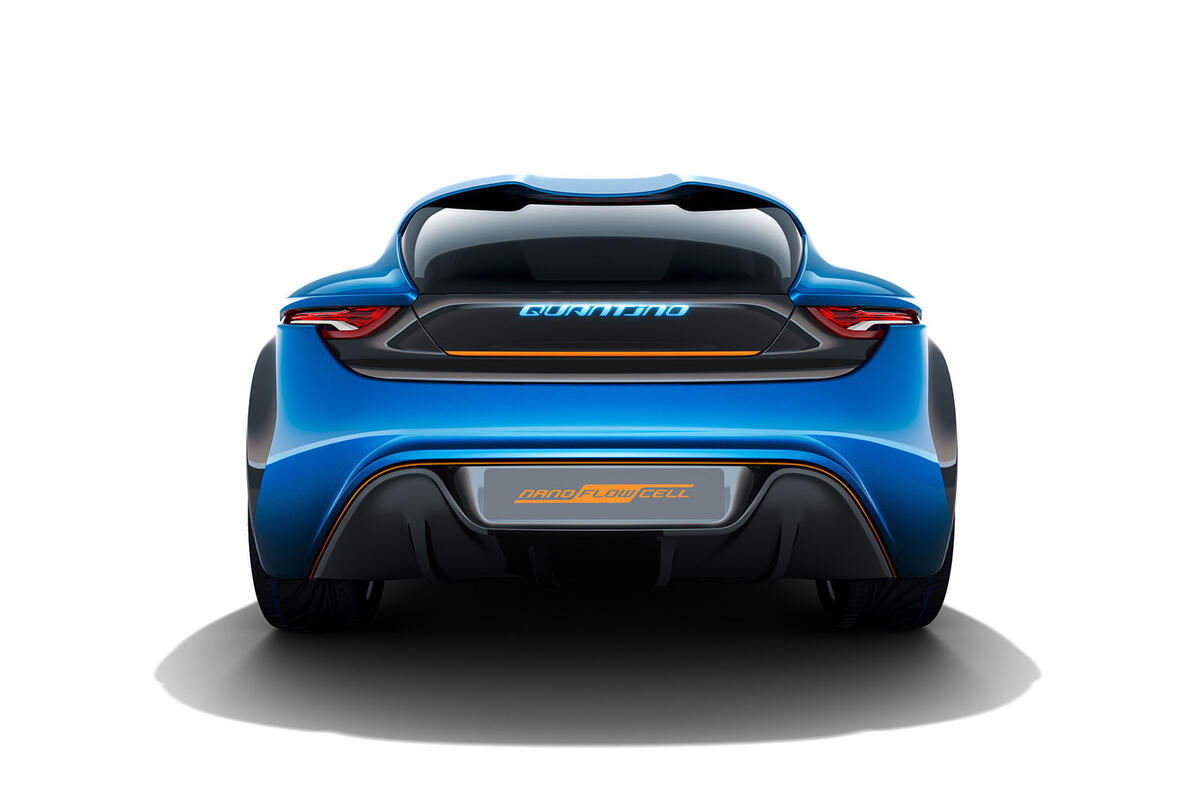
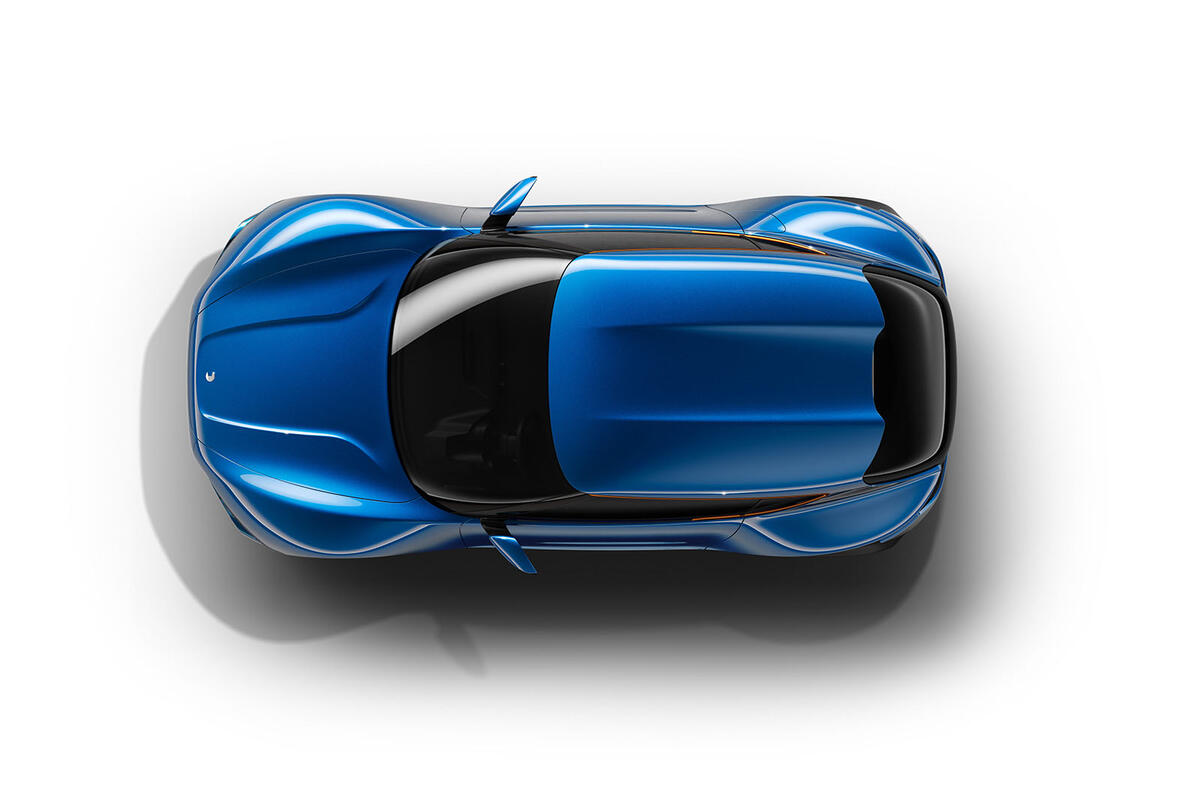
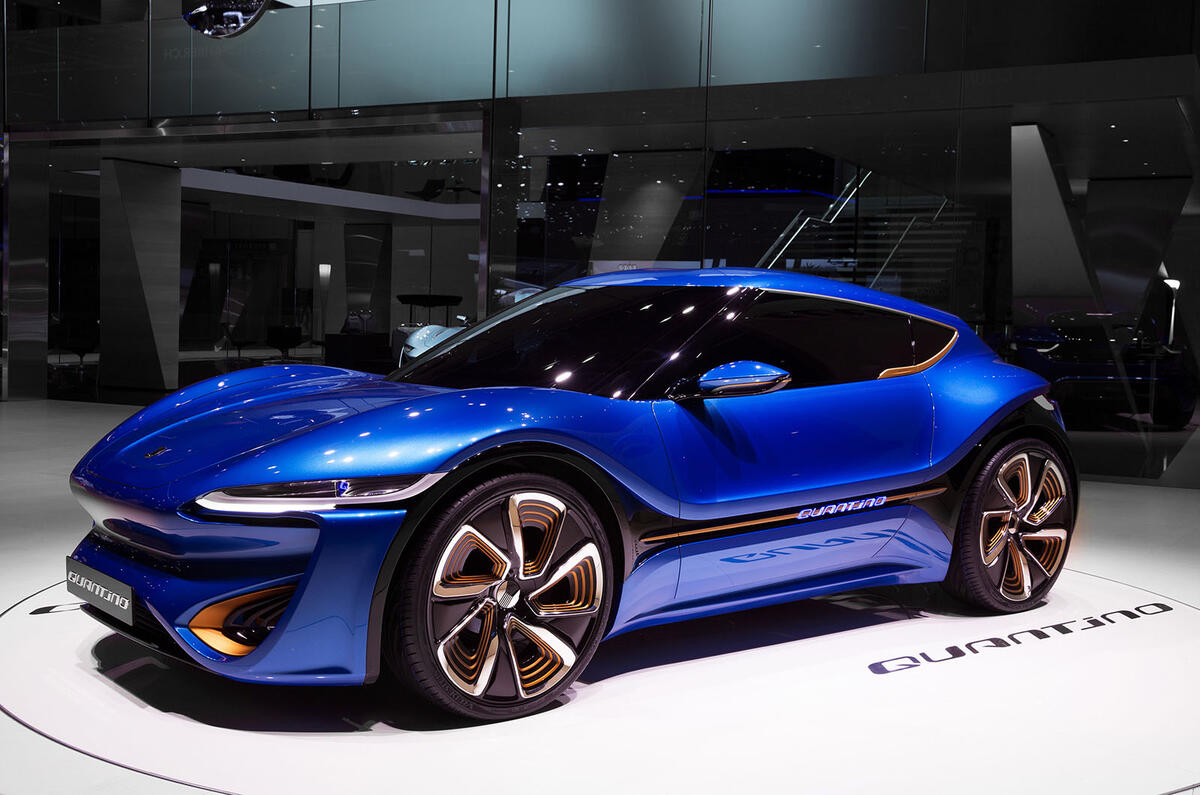
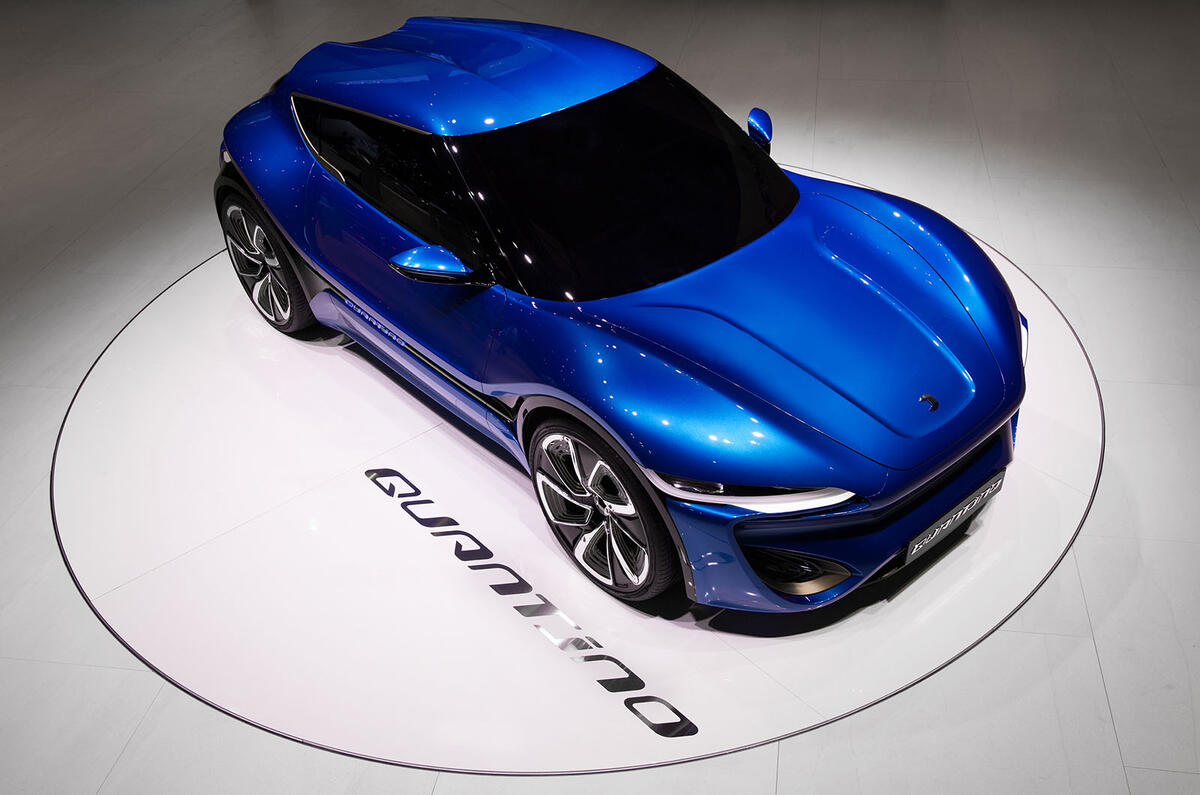

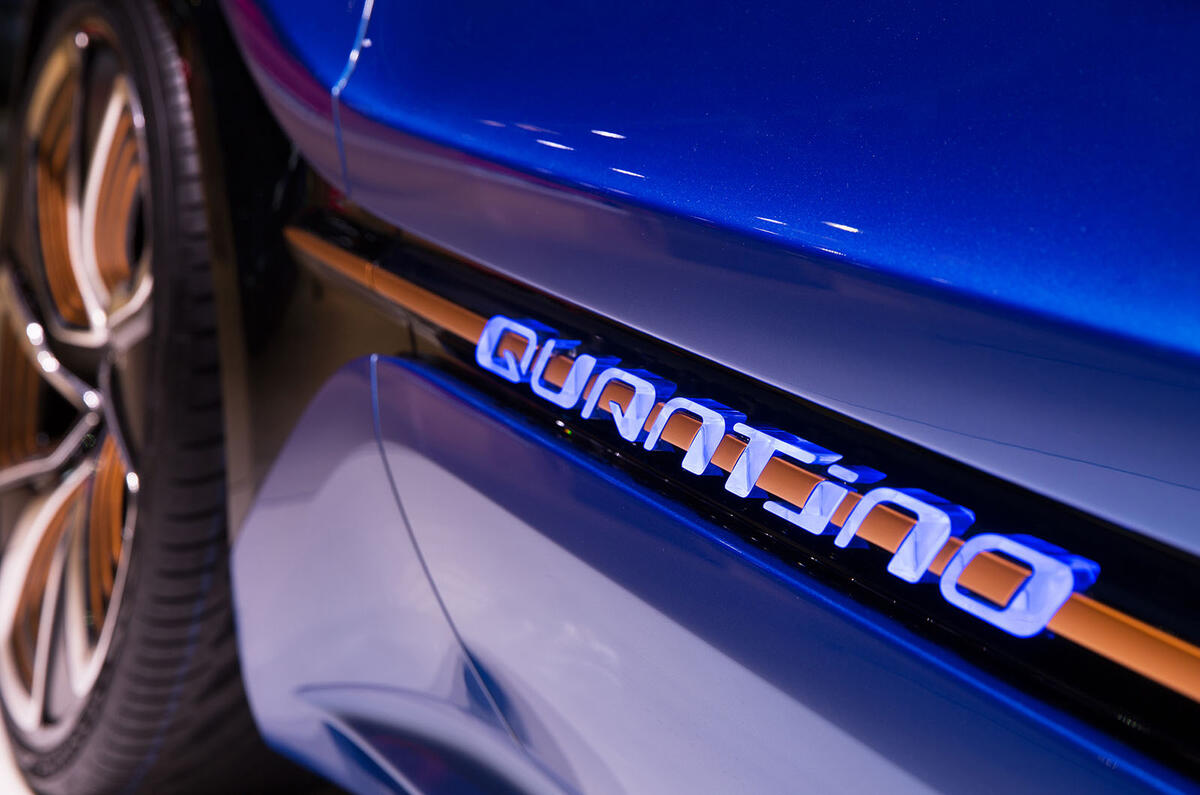
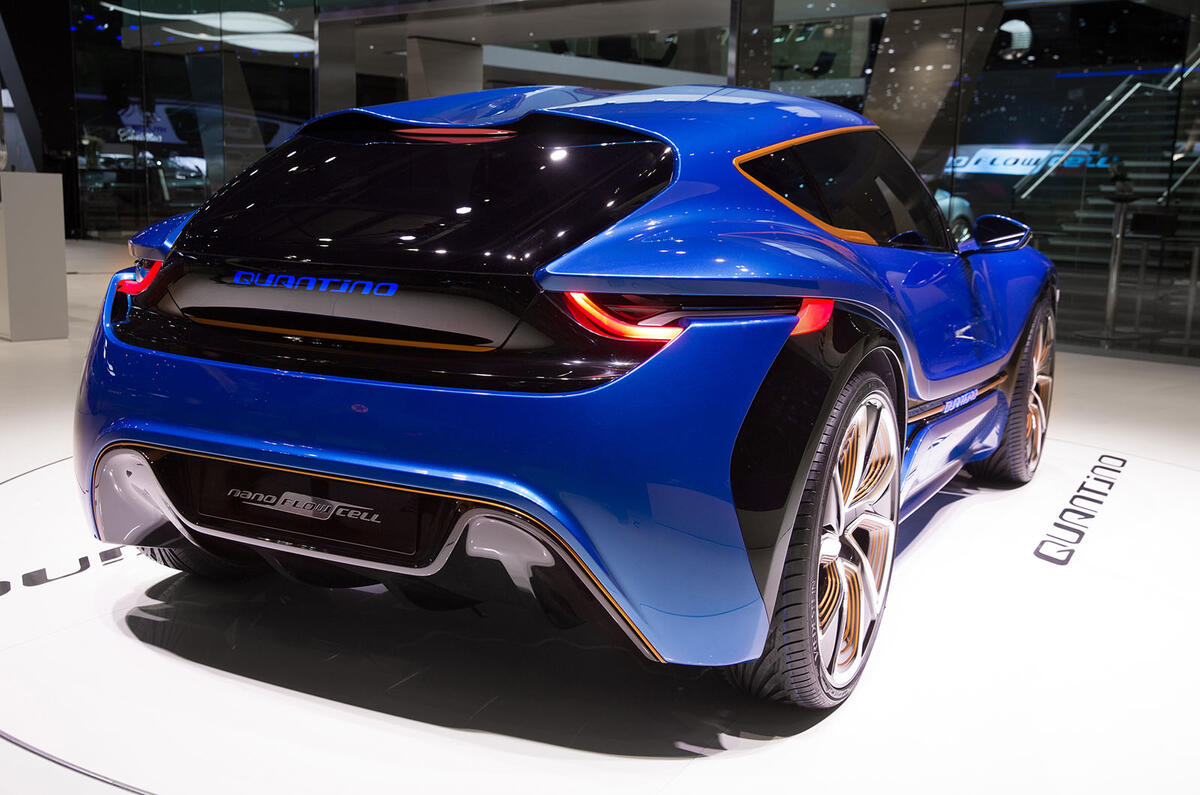
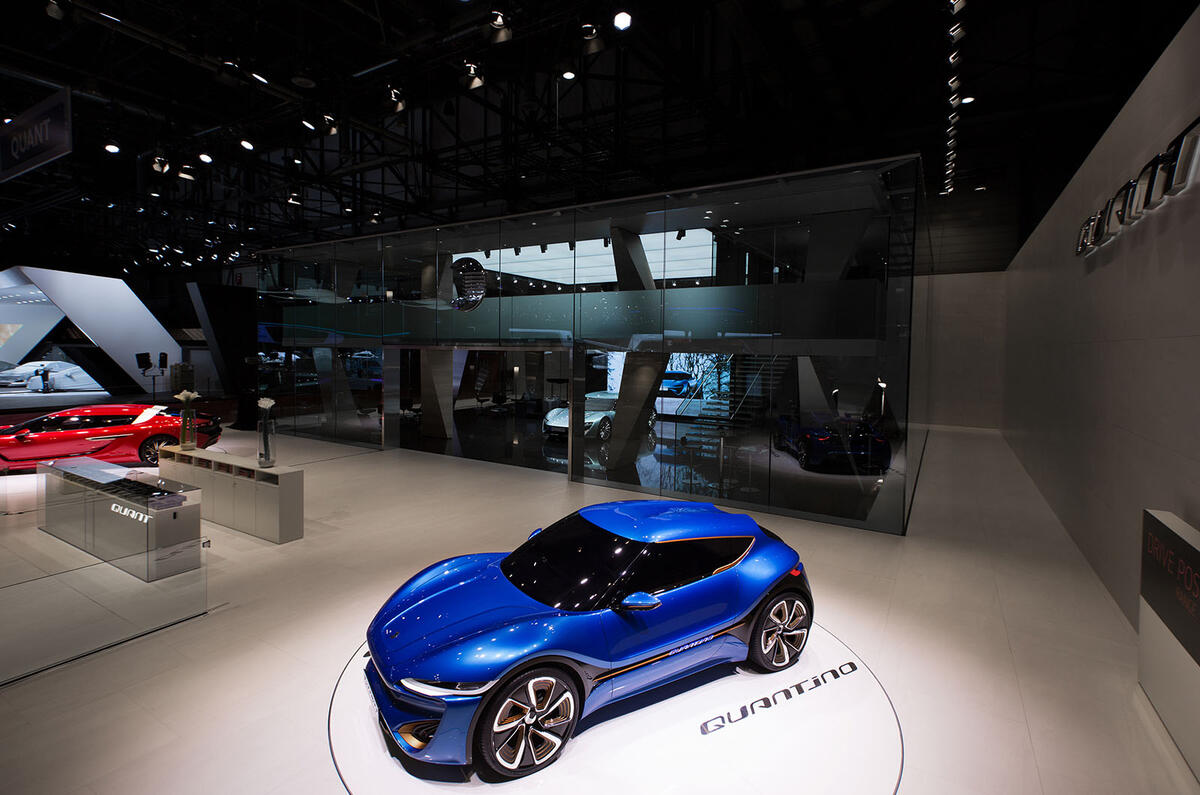
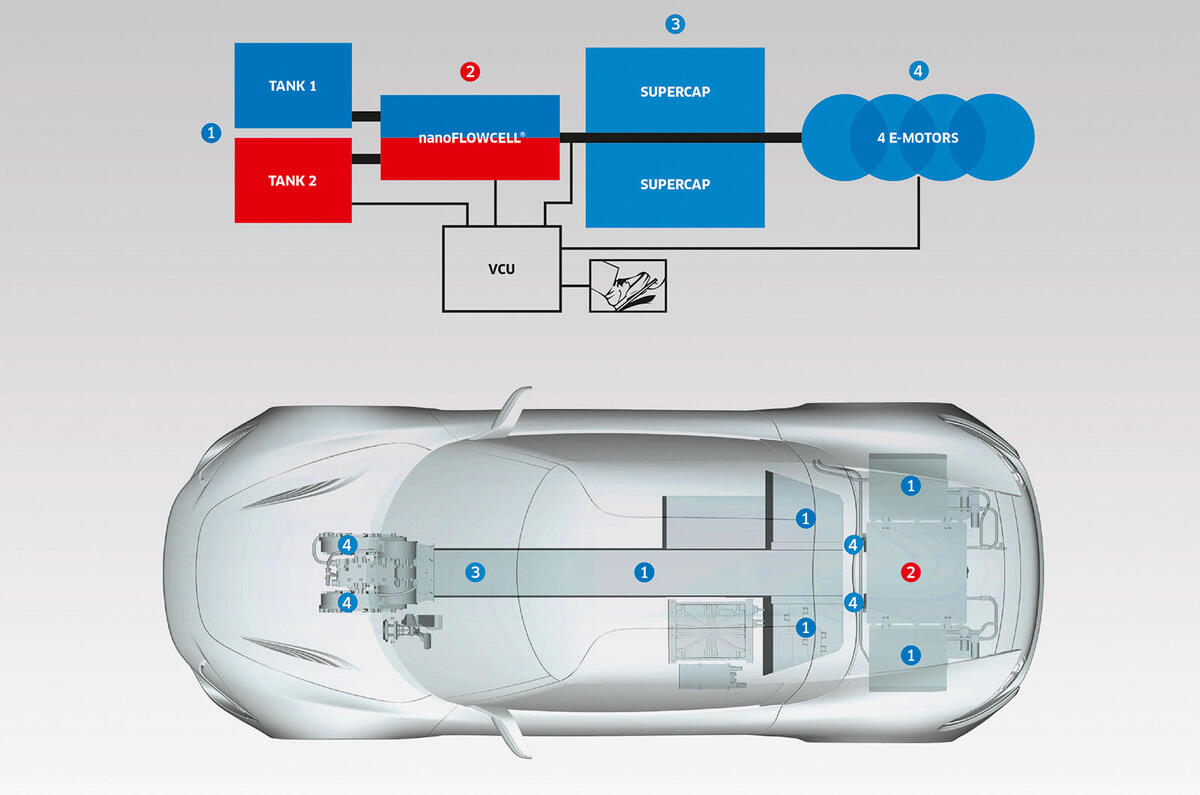
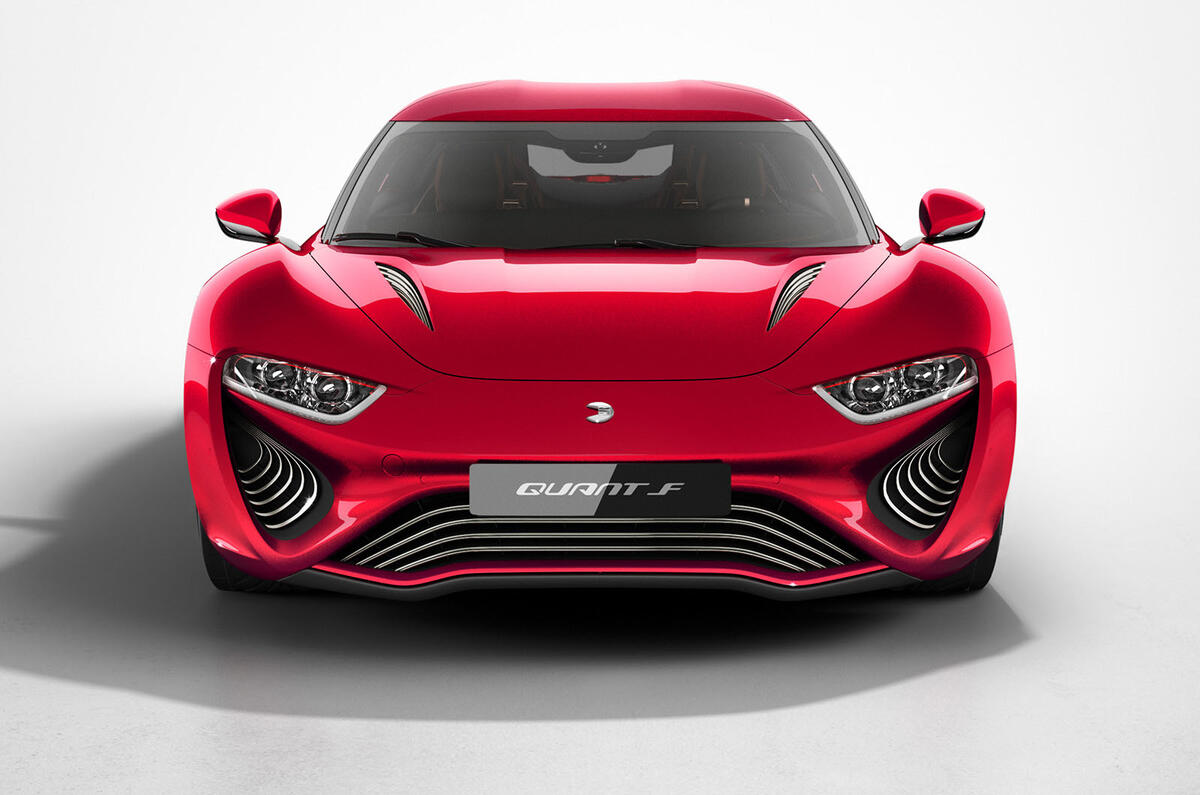
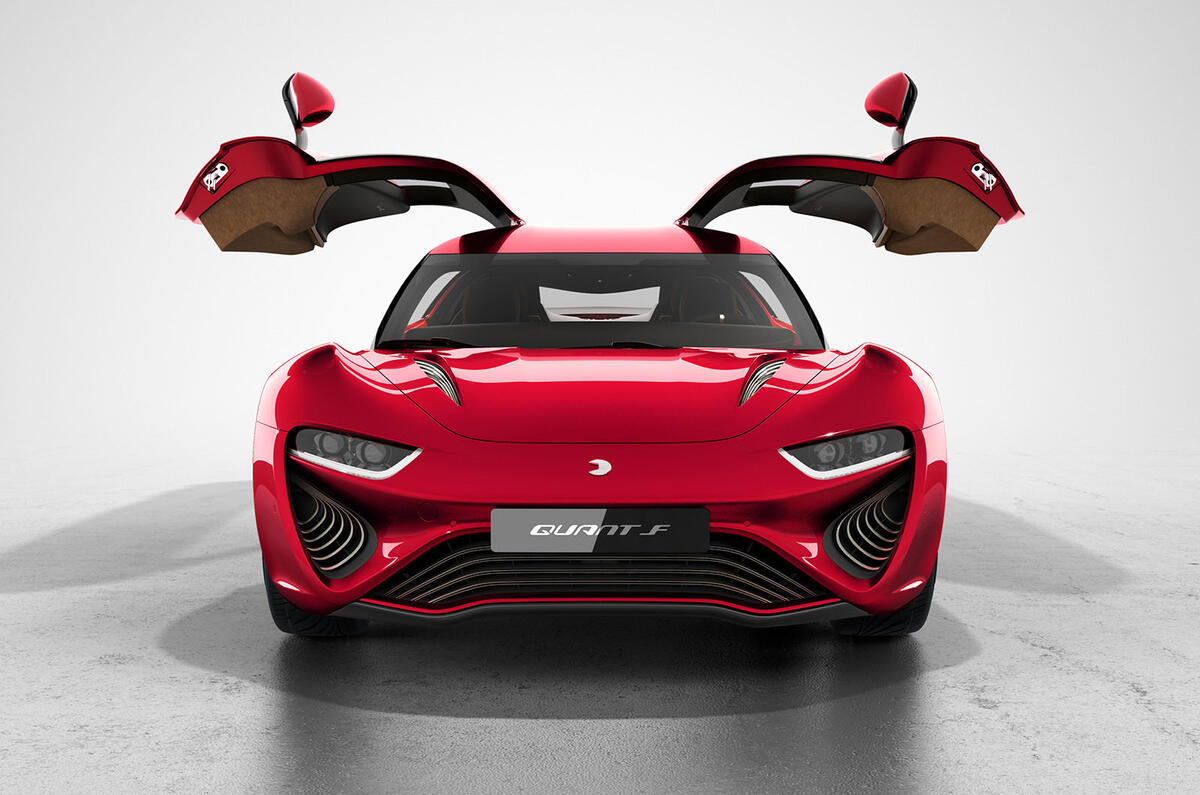
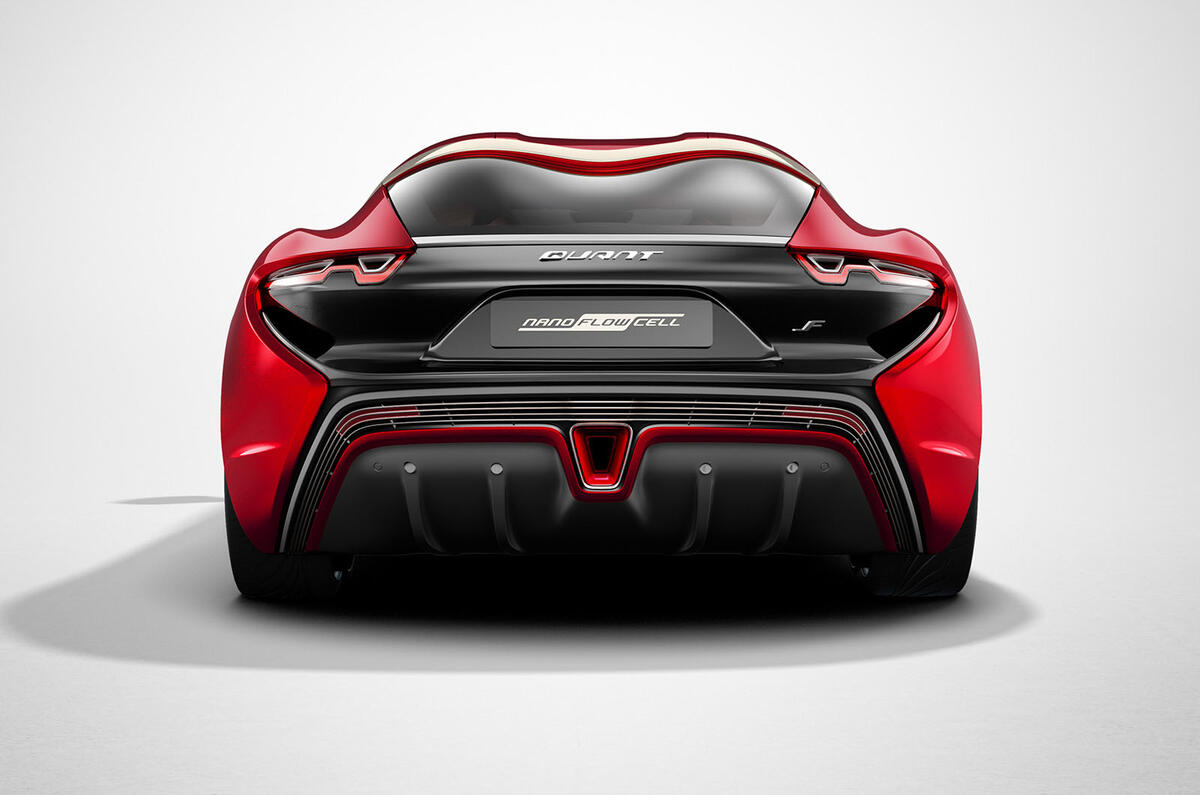

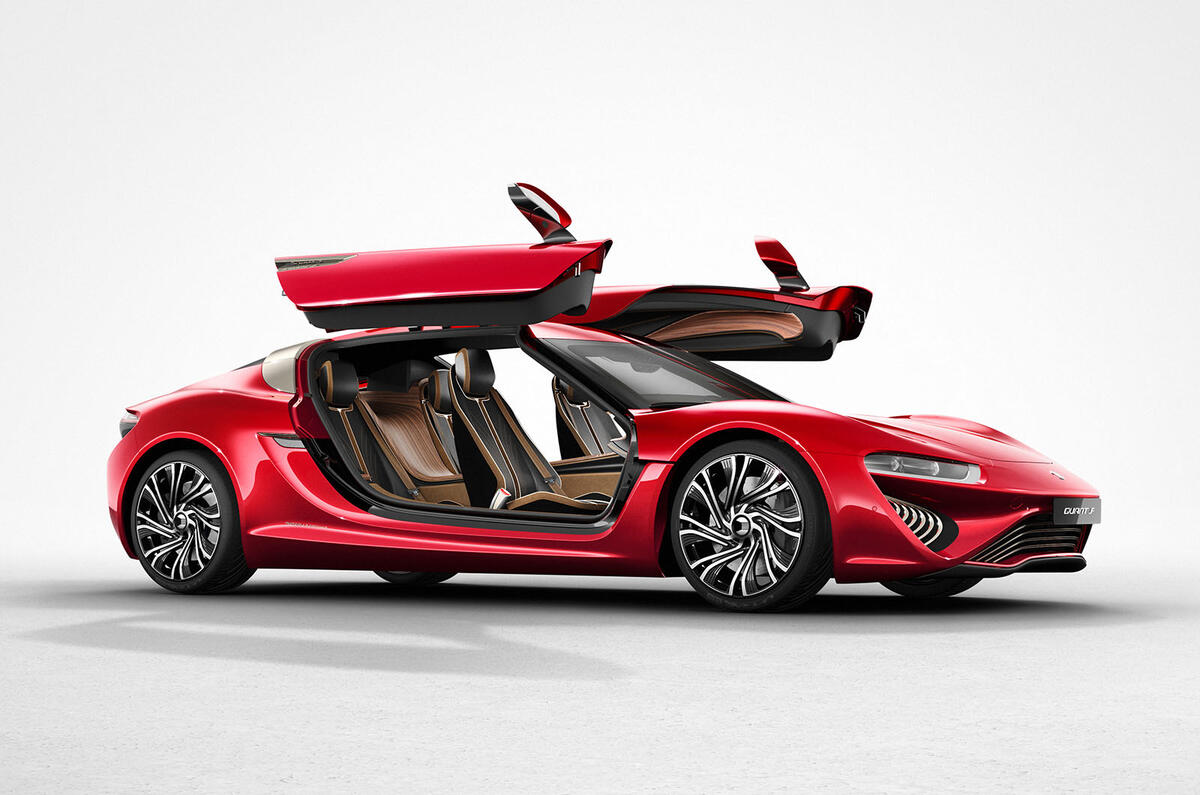
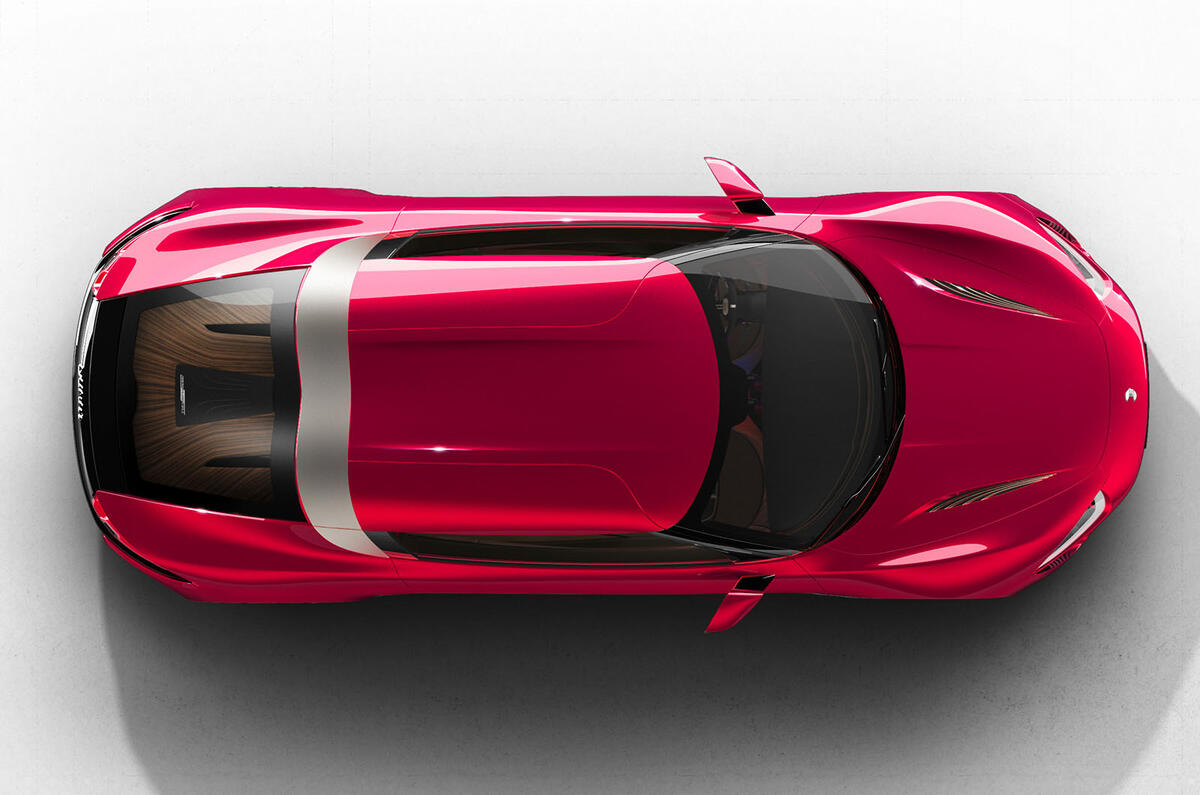
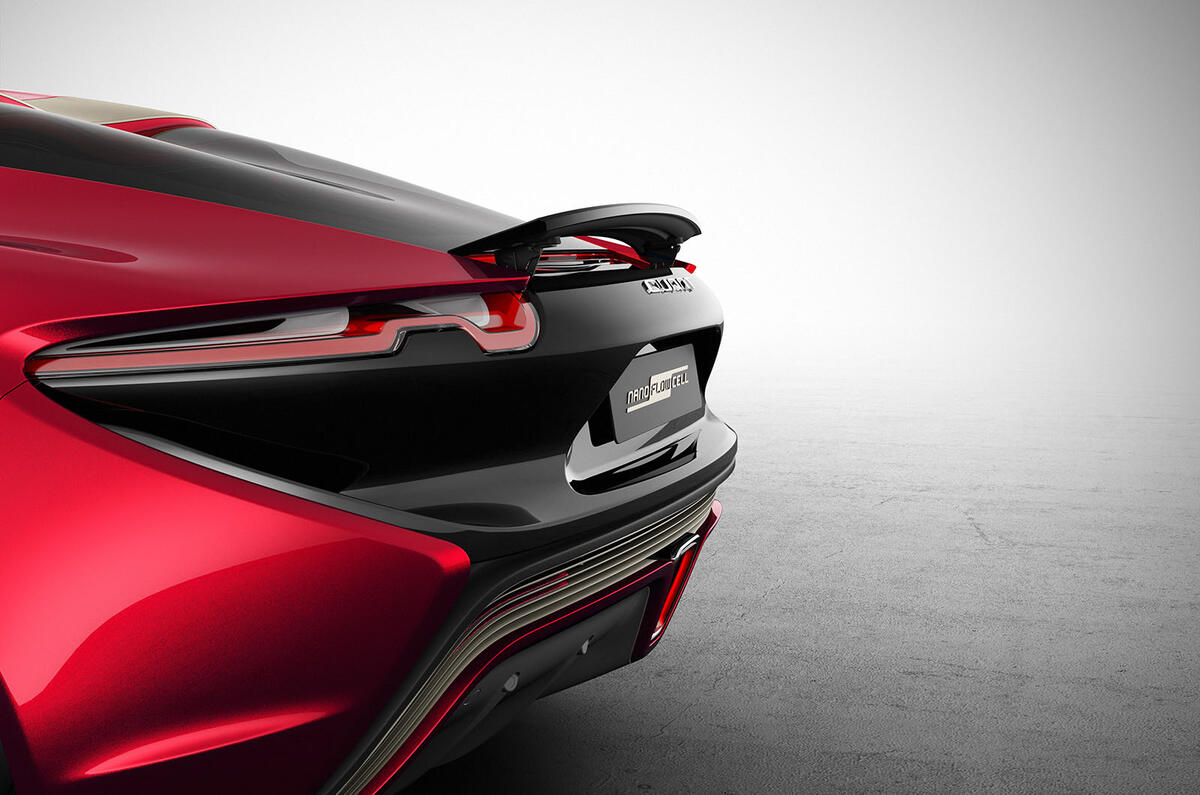

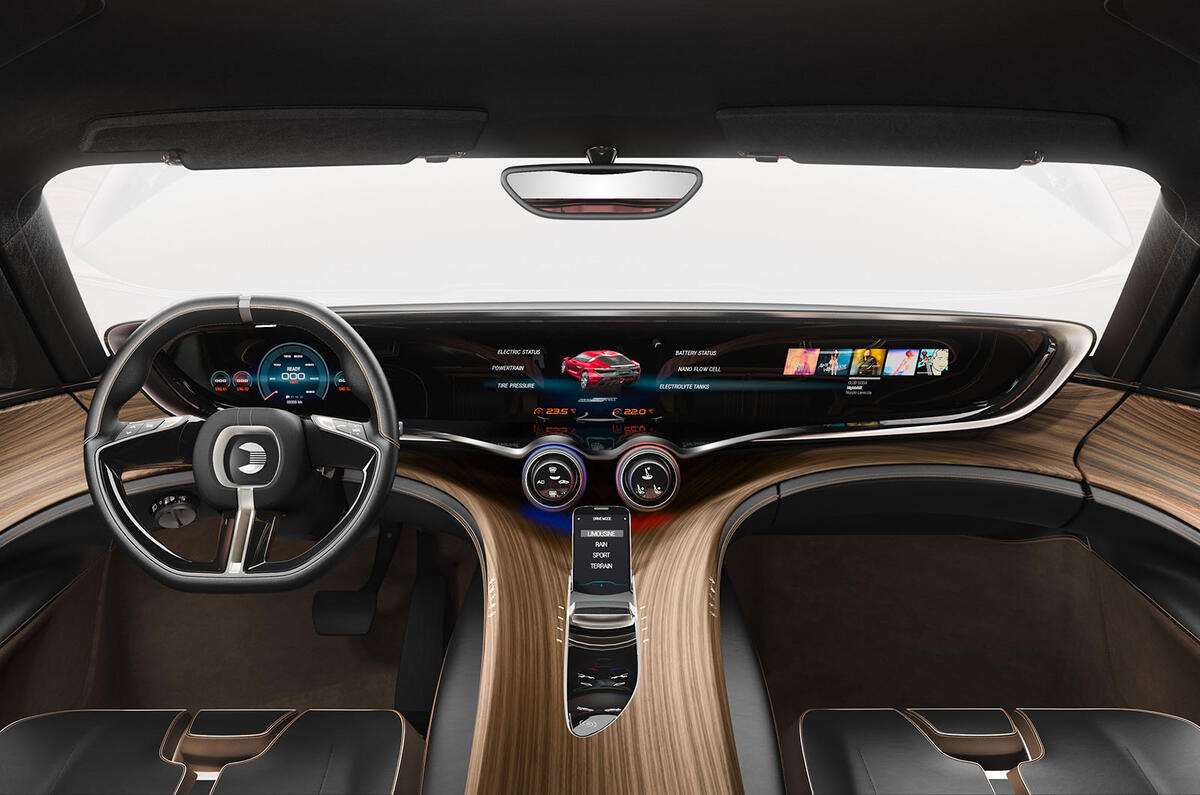
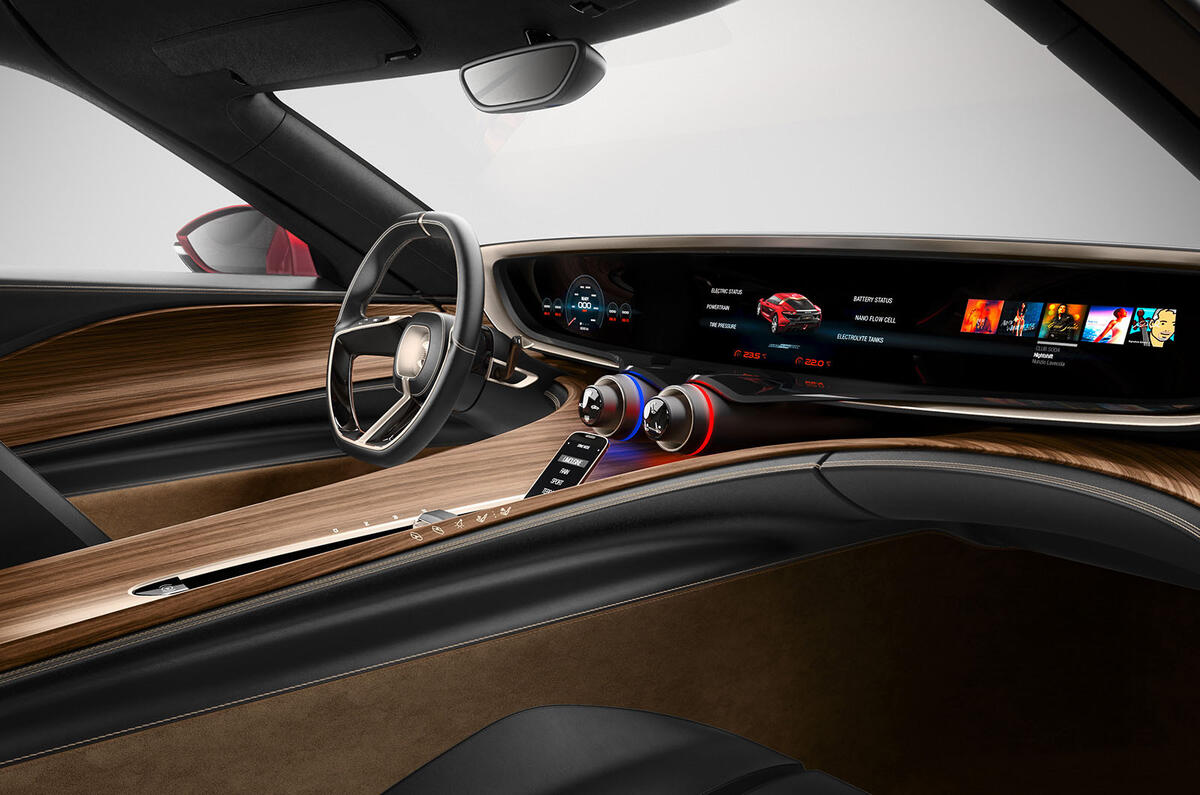
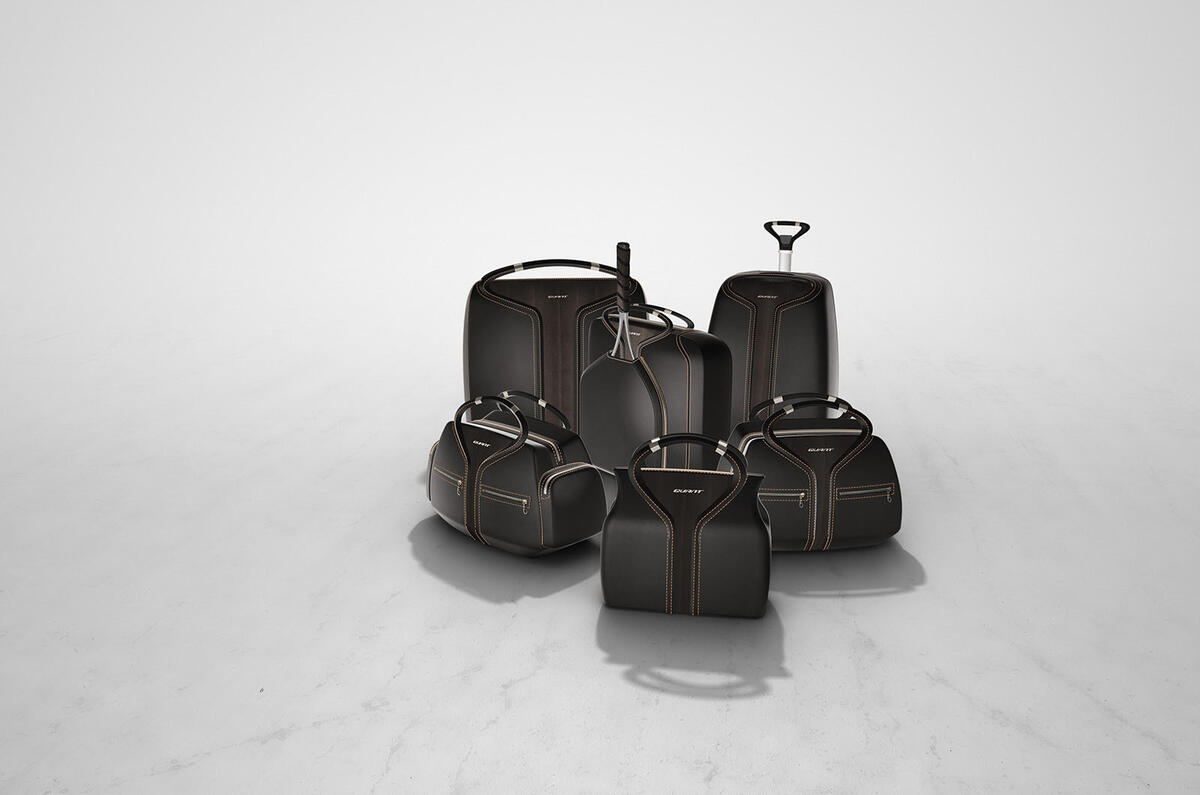
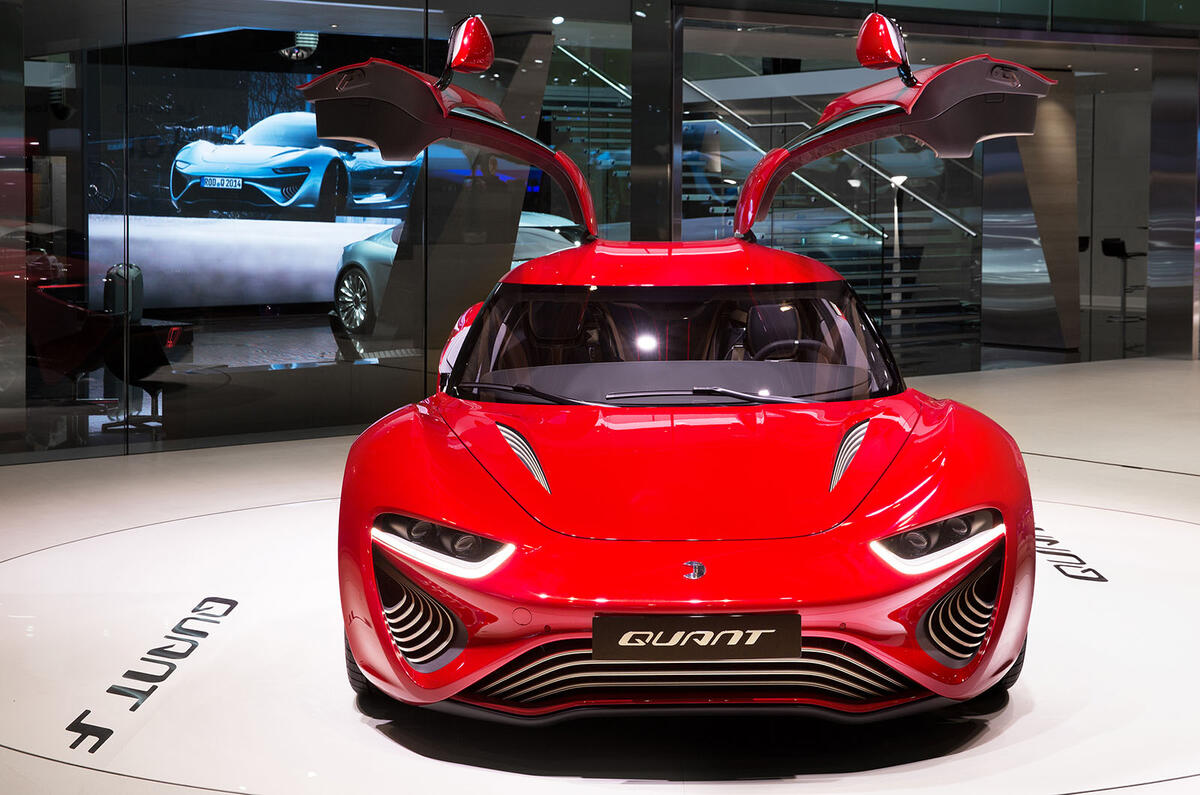
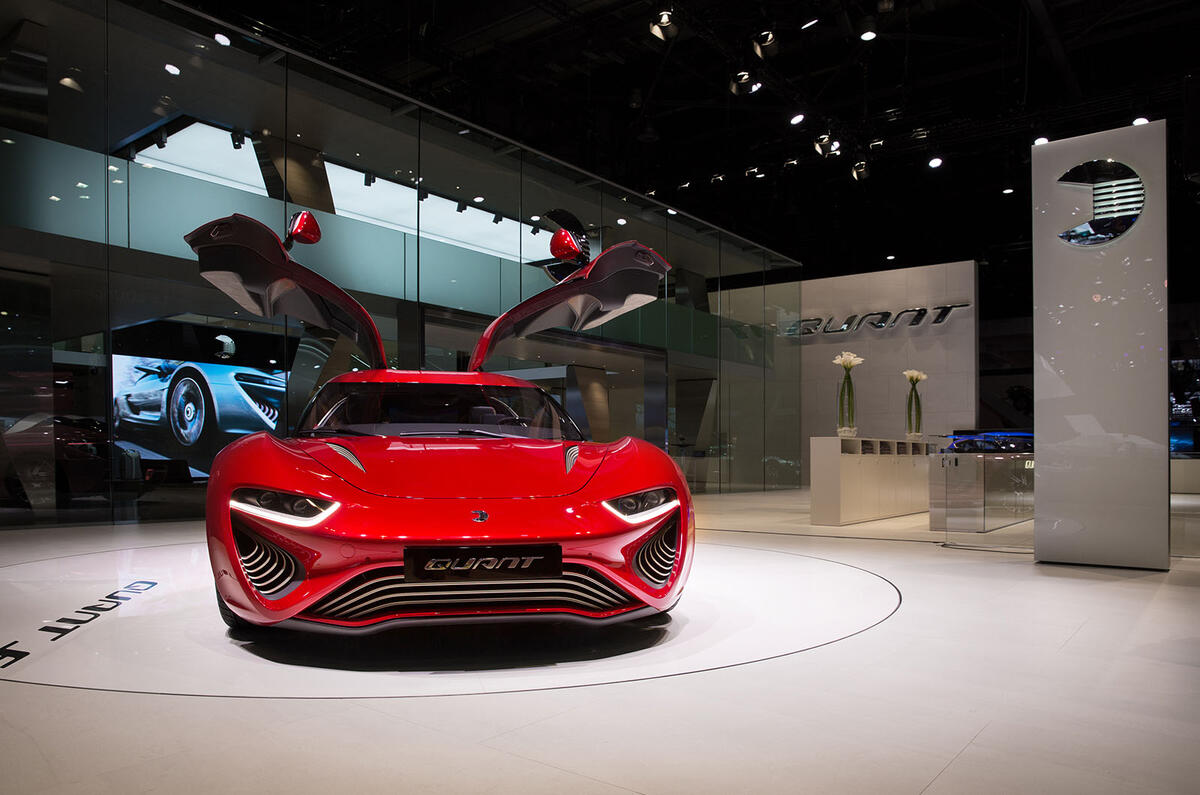

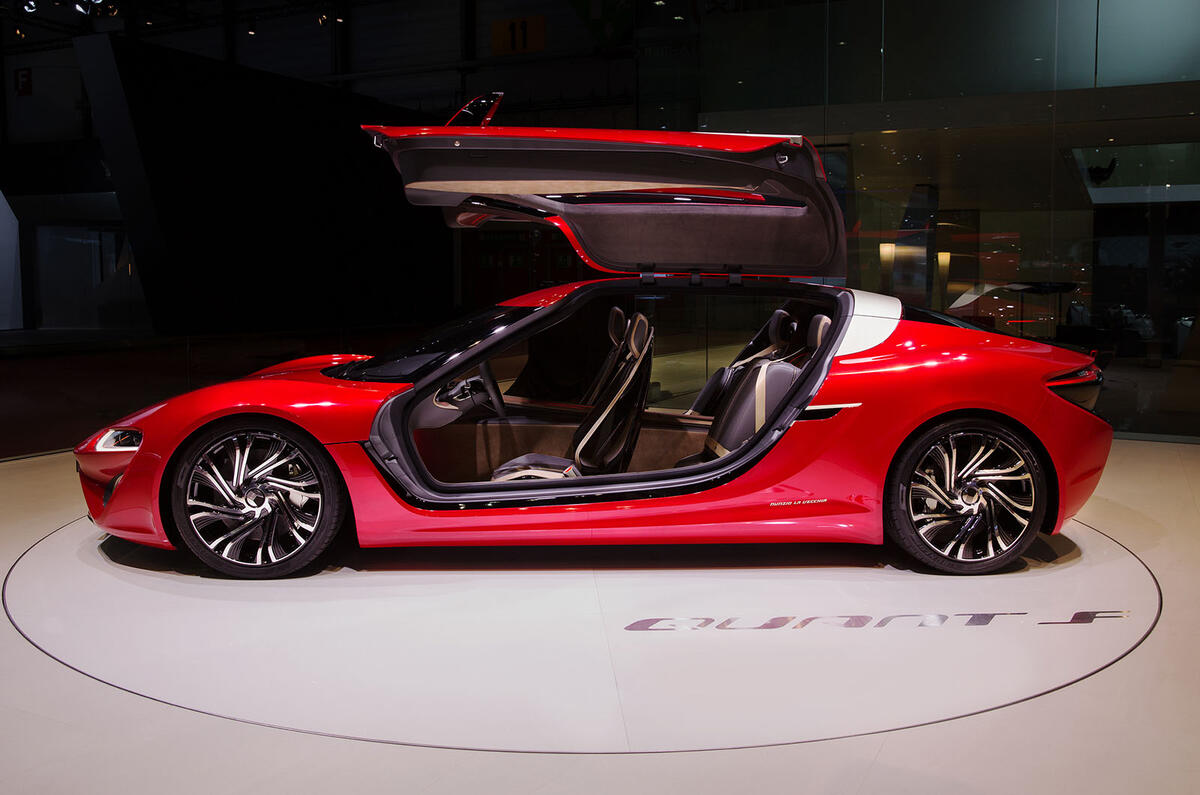
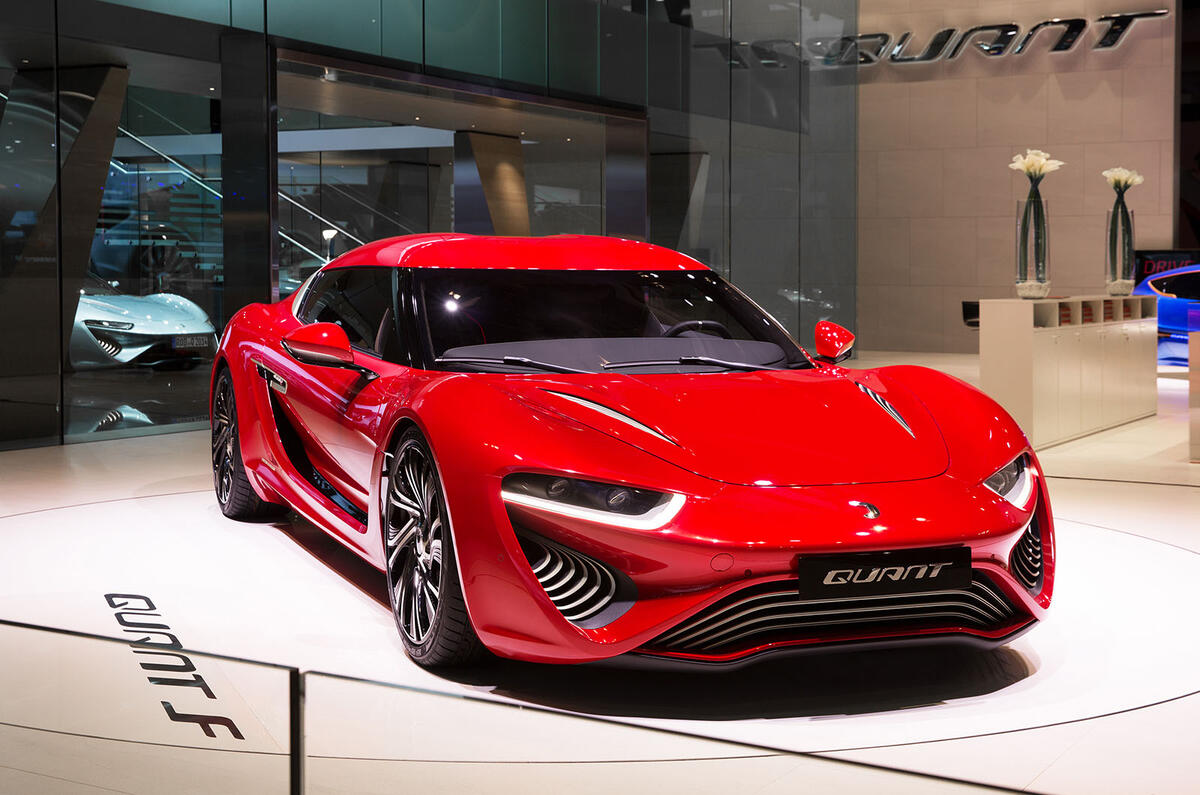
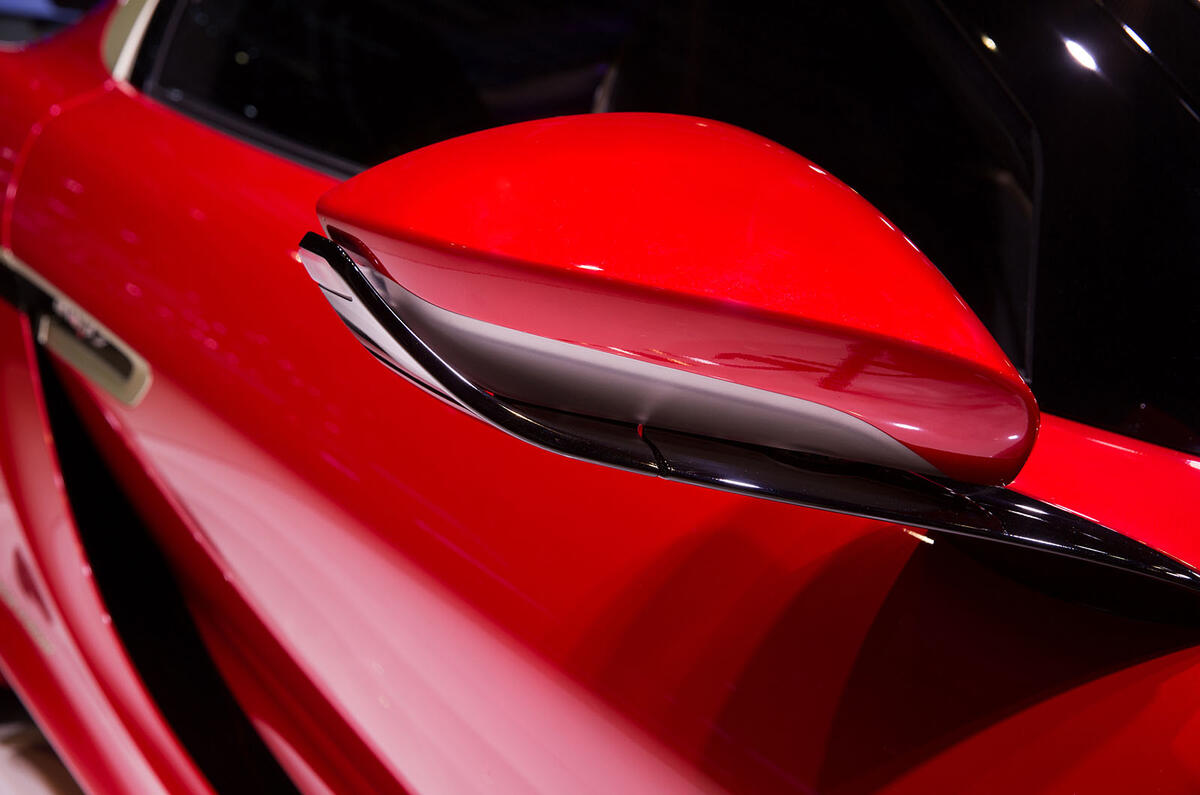

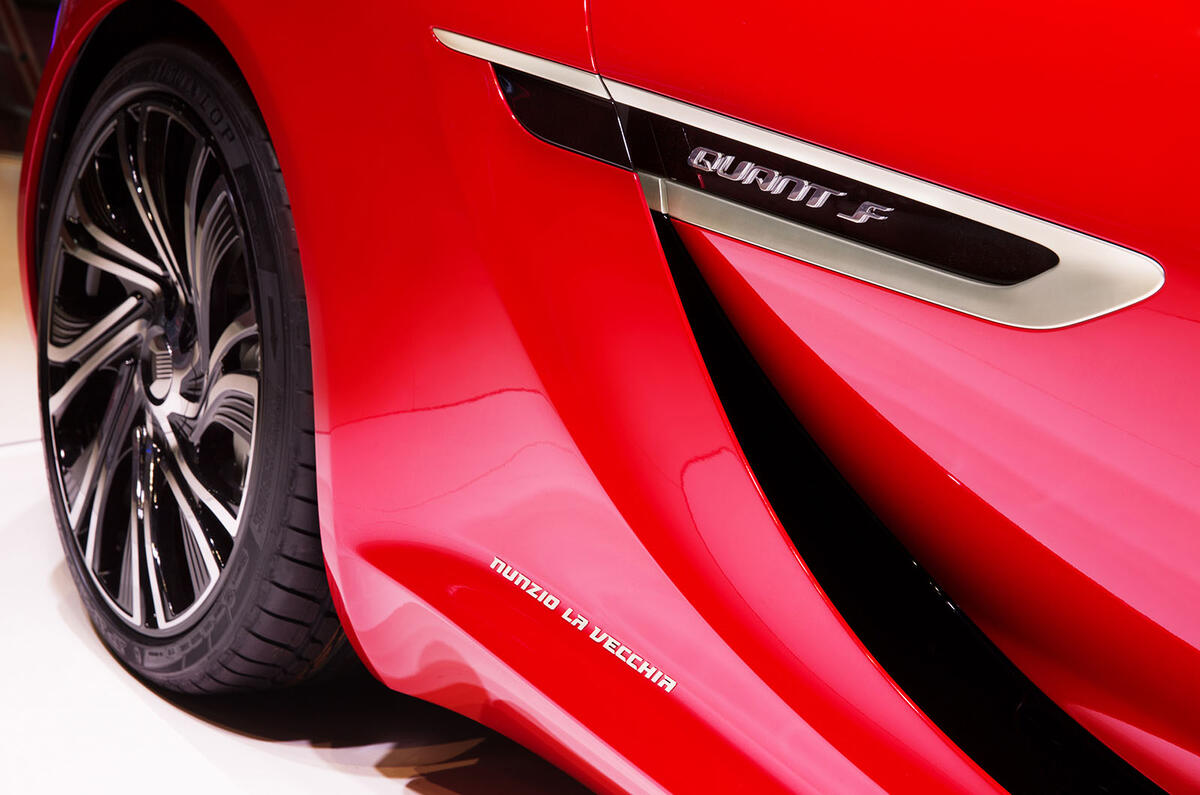
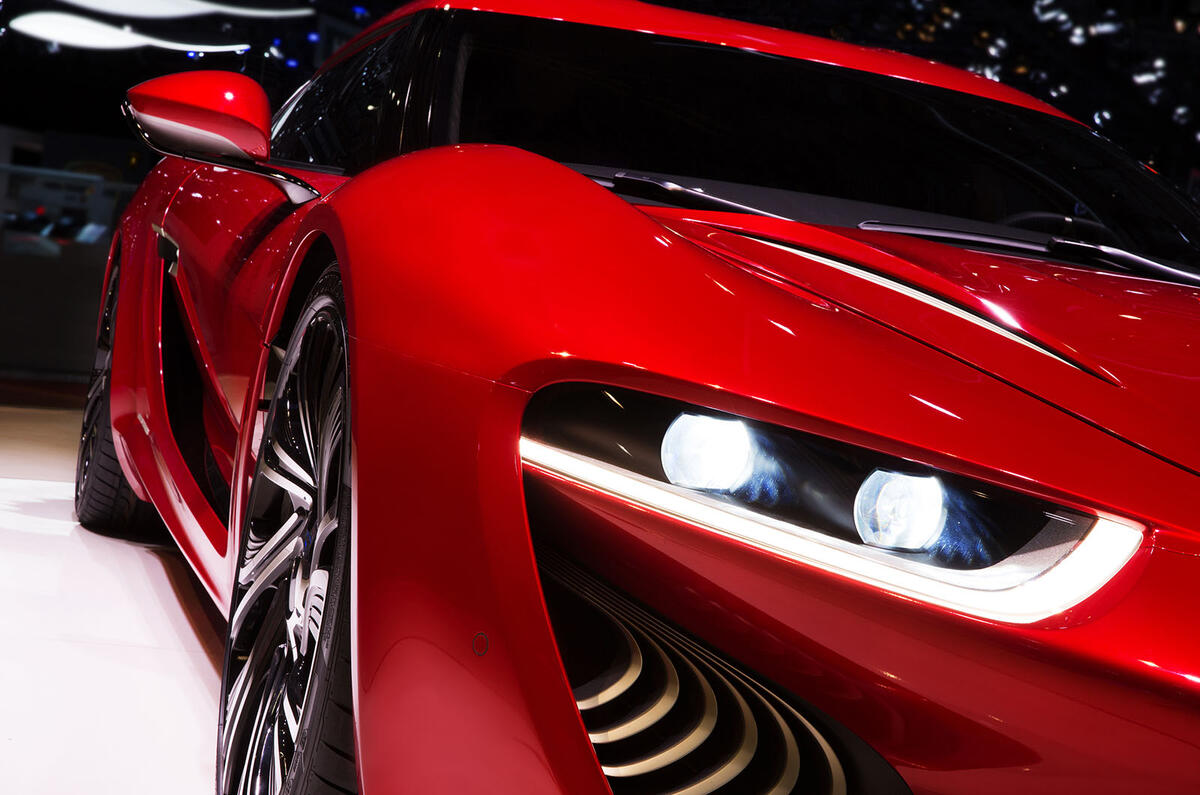
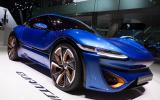
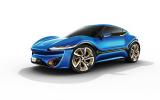
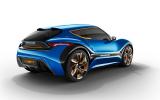
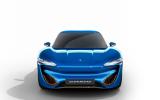
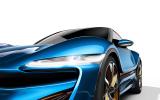
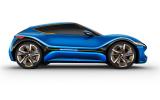
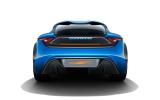
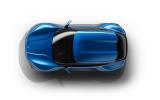
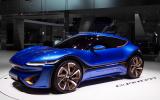
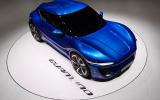
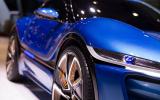
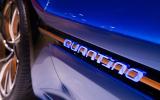
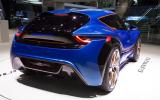
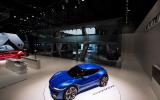
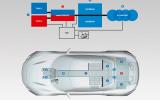
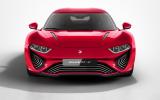

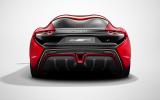
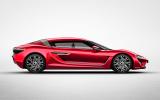
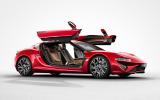
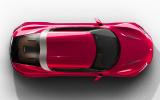
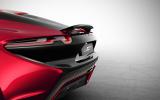
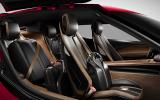
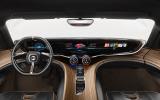
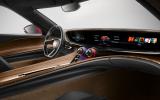
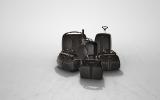
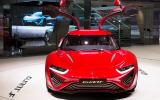
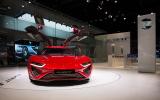
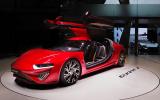
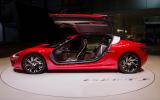
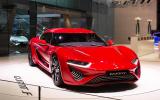
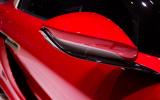
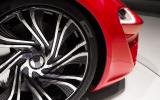
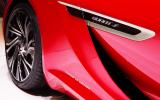
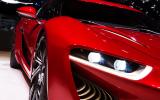



Join the debate
Add your comment
Reserving judgement
I'm slightly concerned that they are doing fancy styling exercises before they've properly proved the system works, and that smacks a little of Guy Negre and his air powered car, which seems to have more or less bitten the dust now.
We often tend to think in the
Move away from petrol and the entire middle east disaster disappears too.
Over 25 years should see us properly covered by renewables and maybe safe nuclear like thorium reactors. How we get to the ideal electric solution will mean more than a few hits and misses but we'll get there I'm sure.
Promising claims